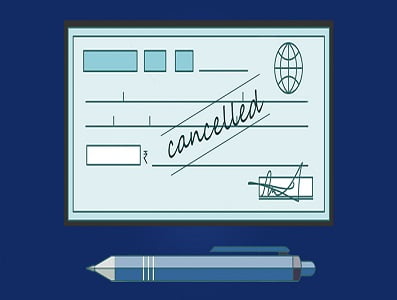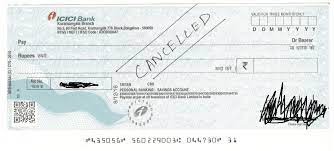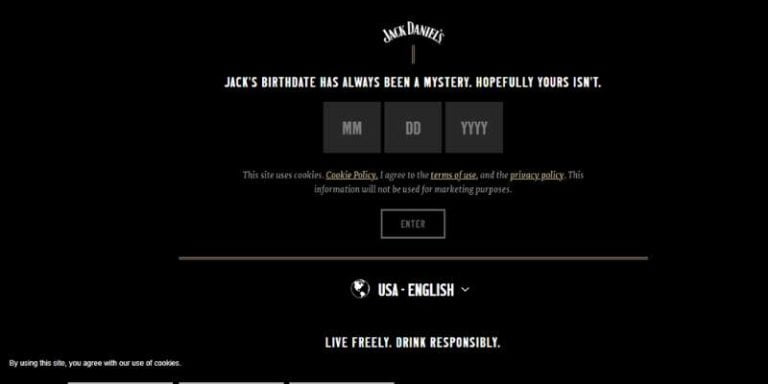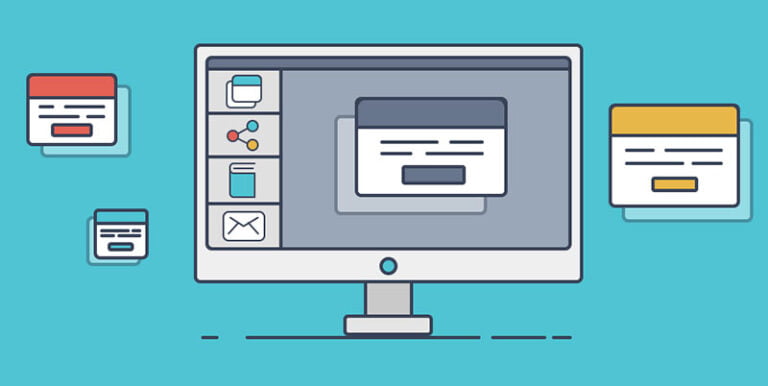
Cheques are one of the most widely used and traditional forms of payment in India. It is a negotiable document that instructs the bank to transfer a certain amount from the account of the person who draughts it, to whom the cheque is issued, or to the holder of the cheque. With the advancement of technology, transactions may now be done digitally with a few mouse clicks. However, the usage of cheques continues to be fairly common among individuals who are distrustful of online techniques or who find them inconvenient.
Three factors to a cheque are as follows:
- The drawer of the cheque: The drawer of the cheque is the one that signs the check or instructs the bank to pay a certain quantity of money via cheque.
- Drawee of the cheque: The bank is instructed to pay the fixed amount mentioned on the cheque.
- Payee: The payee is the individual to whom the bank is obligated to make the payment.
| *There are several types of cheques, including open cheques, self-cheques, bank cheques, crossed cheques, stale cheques, and cancelled cheques. |
Also Read: Process For Online Registration For GST
What is a Cancelled Cheque?- A cancelled cheque is quite useful. The premise is as straightforward as the phrase itself. A cancelled cheque has been voided or cancelled.
When two lines are drawn across a cheque and the word “cancelled” is written between the two lines, it is referred to as a “cancelled check.” A cheque that contains the characteristics mentioned above cannot be utilised to transfer any funds. However, it serves as a critical KYC document. Now that we’ve clarified what a cancelled cheque is let’s look at some of the other facets of the phenomena.
| **However, a cancelled cheque serves as confirmation that the person has a bank account. In addition, a cancelled cheque comprises additional data such as the name of the account holder, account number, IFSC Code, MICR code, name, and branch of the bank in which the account resides. |
How to cancel a cheque?- To cancel a cheque, just strike two lines across it and write the phrase “Cancelled.” Do not sign as it is a cancelled cheque. It serves merely as evidence that you have a bank account. The account holder’s name, branch name and address, account number, and MICR code on the cheque are sufficient to present as evidence.
When is a Cancelled Cheque Required?- A cancelled cheque is necessary for the following financial transactions:
- KYC Completion: You’ve probably heard of KYC! KYC stands for Know Your Customer. It refers to how financial institutions request various papers to verify an individual who engages in financial activity properly. A cancelled cheque is one of the papers necessary when investing in the stock market, mutual funds, or any other market-linked investment since the cancelled cheque establishes your status as a bank account holder and provides your banking credentials. Financial organisations need this document as verification that the person has a bank account, the account holder’s name and account number, and the bank’s name and branch location.
- Electronic Clearance Services: Electronic Clearance Service, or ESC, enables you to conduct paperless debit, credit, or other financial transfers between accounts. This is a technique in which a service provider or an investment firm debits a set amount of money from your bank account on a monthly, quarterly, half-annual, or yearly basis. For example, you may have authorised ECS for monthly utility bills such as electric, water, and internet. The service provider or investment firm may request a cancelled cheque from which you want the money deducted directly by the service provider or investment business. The cancelled cheque will give the service provider or investment firm the required information, who will enter the information into their ECS system, and the funds will be withdrawn automatically when the time comes.
- EMI: We often purchase various items on credit and then pay them off in smaller instalments later. EMI alternatives are available on various loans, including home loans, car loans, education loans, etc. The bank or corporation would require a cancelled cheque to complete the legalities associated with assigning such monthly payment options.
- Demat Account: Individuals use a Demat account to keep shares in an electronic format. However, you cannot just go into a bank and request such an account. You will be required to complete a form and provide supporting documentation such as identification and proof of residence. Additionally, a cancelled cheque is needed. This cancelled cheque, together with other supporting documentation, will be sent to a stock brokerage company. The company will use the information on the cheque to enable auto-debit and auto credit on your Demat account. Your savings account will be connected to your Demat account, and any money transfers between the two accounts will take place electronically.
- EMPLOYEE PROVIDENT FUND withdrawal: If your EPF account has matured or you want to make an early withdrawal, you will be required to provide not only a properly completed form but also a cancelled cheque. EPFO or Employees Provident Fund Organization will utilise the information on the cheque to credit the funds straight to your bank account.
- Bank Account Opening: A cancelled check must be presented to complete the procedure of opening a bank account. This may be requested in the event of a savings bank account or even a current account.
- Insurance Policy: We’ve all heard of insurance policies and what they may be used for. If you’re buying an insurance policy such as moneyback, endowments, or health, you’ll be asked to provide a cancelled cheque. The insurance premiums will be deducted straight from your savings account. When purchasing insurance coverage, some organisations demand the purchaser to provide a cancelled cheque.
- Dispatch of loans: We often borrow loans. Loans may be used for various purposes, including education, marriage, house, or just as a personal loan. As of right now, no lending business will offer loans in cash. The loan money is always credited straight to your bank account. As a result, they will need a cancelled cheque to utilise the information to transfer the funds straight to your bank account.
Also Read: What Are The Best Accounting Practices For Small Businesses?
Options are not just limited to these. There are many other instances where a cancelled cheque is required.
How to Write Cancelled Cheque: Now that you understand what a cancelled cheque is, here’s how to create one that may assist you in processing your applications. To write a cancelled check, just follow the easy procedures outlined below:
- Step 1- Take a new cheque from the leaf of the cheque you intend to cancel. Nowhere on the cheque should you sign.
- Step 2- Cross the cheque with two parallel cross lines using a blue/black pen. The lines should connect the two ends. Separate the two lines with a sufficient amount of space to allow for writing.
- Step 3- Between those two lines, type “CANCELLED” in capital letters. You may also write in lowercase.
- Step 4- You should not sign on a cancelled cheque. If a bank or other organisation requesting a cancelled cheque with your signature, you may be required to provide it. However, you should confirm with a senior representative of the bank if you are required to sign or not. If this seems to be a risky situation, you may request a written statement from the individual requesting a signature on your cancelled cheque.
| ***Please Note It is critical to remember that the parallel lines you draw across the check do not include any critical information such as the account number, the account holder’s name, the IFSC or MICR code, the name and the branch location of the bank where the account is held, etc. |
Fraudulent activities: While exploiting a cancelled cheque, several fraudulent acts might occur. Your cancelled cheque contains a wealth of information, including the following:
- Account number
- Name of the account holder
- IFSC Code
- MICR Code
- Bank’s name
- The name of the bank branch
This information may indeed be utilised for a variety of fraudulent acts. Once you sign on your cancelled cheque, a defrauder may simply duplicate your signature and exploit it for illegal purposes as well. That’s why attaching a signature to your cancelled cheque can become a hazardous proposition. If someone requests your signature, you must not take it easy since a cancelled cheque does not need any signature. Therefore, you may always seek your bank’s statement or declaration when someone asks you to sign a cancelled cheque.
Also Read: Top 10 Benefits Of Accepting Credit Cards For Payments
Cancelled Cheque Sample- A cancelled cheque is identical to a conventional cheque. The following are the components of a cancelled cheque:
- Name of the bank
- Name of the branch
- Name of the account holder
- Account number
- IFSC code
- MICR code
Cancel Cheque Example- However, if you examine the images of cancelled cheques, you will see the difference. Additionally, between two parallel lines, the phrase ‘cancelled’ will be printed across the cheque.

Difference between stop payment and cancelled cheque
| STOP Payment | CANCELLED Cheque |
| In the case of STOP Payment, the cheque will be transactional | In the case of a CANCELLED Cheque, the cheque is worthless as a means of payment |
| The word “CANCELLED” is not written | The word “CANCELLED” is written |
| It is utilized in insufficient funds in an account against a cheque to make a payment or when a cheque is misplaced, or when you want to halt a payment intentionally. | It is used to provide information such as the account holder’s name, account number, the bank’s name, IFSC code, MICR code, and the bank branch’s name. |
| You must expressly instruct a bank to halt payment on a cheque by issuing a ‘stop payment’ order. | In the case of a CANCELLED Cheque, no such order is necessary since a cancelled cheque lacks transactional authority and will never be utilised by the bank to make a payment. |
| A bank may charge a modest fee for cancelling a cheque payment | Bank charges nothing in case of the cancelled cheque |
Conclusion- A cancelled cheque is one technique to guarantee that no one may get unauthorised access to your account. A cancelled cheque retains information such as the account number, the account holder’s name, the IFSC code, the MICR code, and the bank’s name. Always avoid affixing your signature to a cancelled cheque; otherwise, scammers may be able to recreate the same.
FAQs
Q1. How do you cancel a cheque?
By crossing two lines and writing “CANCELLED” between these two lines.
Q2. Which situations necessitate the use of cancelled cheques?
Cancelled cheques are helpful in various situations where they are required as part of the requirements for various processes such as KYC, EMI, ECS, opening bank accounts, or choosing an insurance policy when establishing a Demat account when withdrawing PF, etc.
Q3. Can I cancel a check using a red pen?
Always use blue or black ink when writing or cancelling a cheque. Any other colour will be deemed unacceptable.
Q4. What information may be gleaned from a cancelled cheque?
The information on the cancelled cheque may include your bank account number, branch name and location, and MICR code.
Q5. Is there any danger associated with cancelling a cheque?
Cancelled cheques cannot be used to extract money from the account.
Q6. Is it necessary for me to sign the cancelled cheque?
You should not sign a cancelled cheque since it may be abused. No process requires the submission of a signed cancelled cheque.






